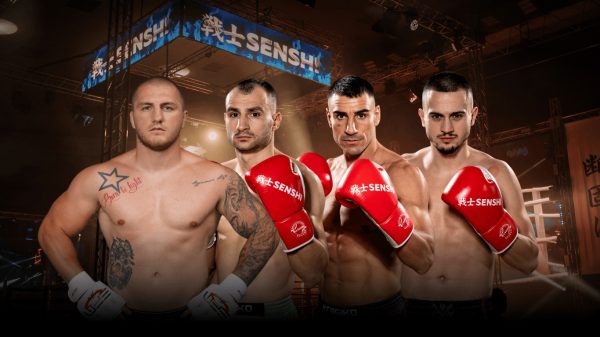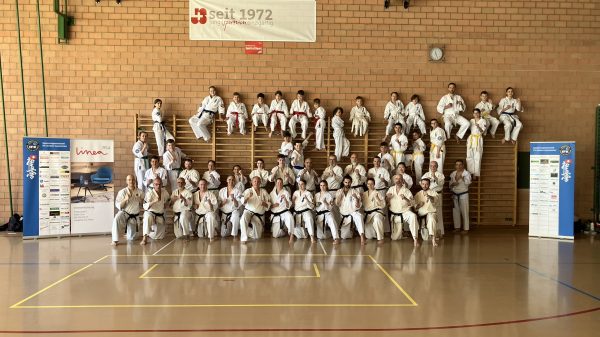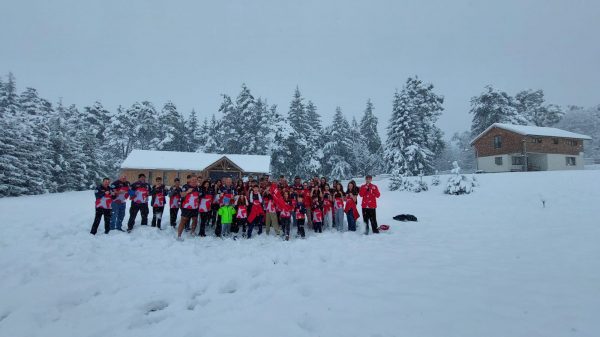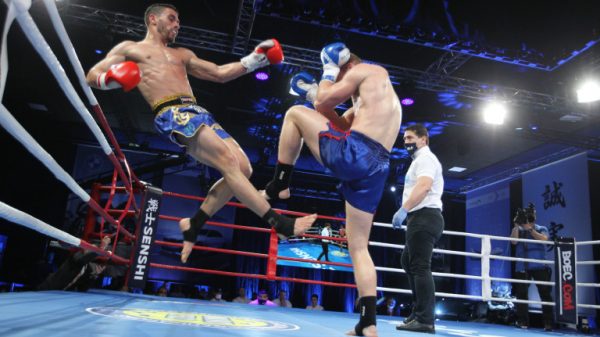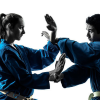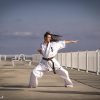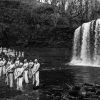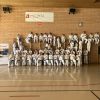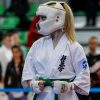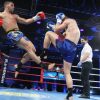The Origin of Karate Do as Martial Art
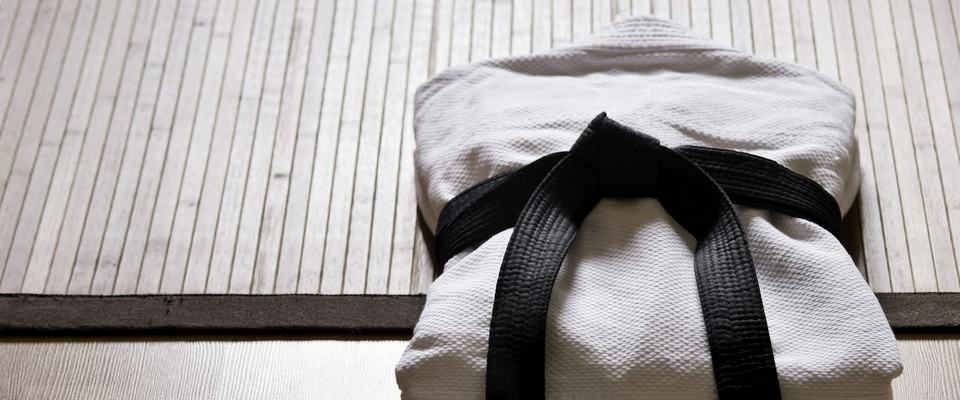
Back in the days, martial arts prepared warriors for hand-to-hand combat. Self-protection was paramount. In such a system was little room for art, spiritualism, moral, ethical formalism, and the pursuit of mental and physical perfection. Martial arts were perceived as “arts of war” that were based on the logic of “kill or be killed”.
Karate Do: A Martial Art?
Karate Do is also a martial art. But can we say it is an art of war? No. But that has not always been the case. Until the 1980´s, training focused on toughness. Masters during that time were less aesthetic, less athletic, less explosive than they are today. On the other hand, they were very strong and trained like that.
The stories about that period are numerous. My father (VII Dan, class ’53) told me:
“The training sessions in the 70´s were characterized by strong physical training. The conditioning of the body included an indefinite number of flexions on the arms and abdominal bending. Followed by hundreds of repetitions of basic techniques. I remember having performed the first kata with a training partner on my shoulders, I performed the positions and he the techniques of arms . When Master Hiroshi Shirai arrived on Sardinia, it was a great honor for us despite the hardness of the training and the inflexibility towards the smallest mistake”.
In the first years of Karate development in Europe, students were all adults. Being all big and strong they had no problems with hard training sessions like in Japan. Thus, the numbers of athletes grew very fast and reached 150.000 Karateka during the ’70s that.
The Change of Karate Do during the 1980´s
The euphoria of the early years, however, slowly faded away. The reason for the decrease was that Westerners understood Karate Do as a sport and a sort of workout. For the most Karateka rigors training sessions like in Japan were just too tough.
Plenty Karate masters realized that training routines had to change or their Dojos would be empty in the future. Karate had become more soften without losing its physical component. This urge to alter Keiko (jap. for “training”) was also fostered by the fact that children became more present in Dojos. Their physical features do not allow for tough training. Due to this causes Shotokan Karate Do has been losing its “art of war”-character.
Instead, of welcoming this development many Karateka complain that Shotokan has lost its soul. It should become tough again in order to foster the mindset of warriors. That would be the true spirit of Budo.
Shotokan as an Art of Peace
From my point of view, the true meaning of Shotokan Karate as Budo was never related to an “art of war”. Budo, like Gichin Funakoshi has taught us, has nothing to do with physical violence. He said:
“The ultimate goal of Karate is not winning or losing but perfecting the character who practices it”.
While Karate comprises striking and blocking these actions are embedded into a bigger system of
- ceremonial rules,
- ways of behavior,
- sets of techniques and predefined movements (kata),
- ethical programs,
- moral convictions,
- mindset,
- attitudes, and
- structures of relations.
One must learn all these aspects and repeat until they are perfect. Only then one becomes a true Karateka.
Control over Body and Mind lead to Peaceful Subjects
The purpose of this system is to gain control over one´s body and mind. Control is the prerequisite for happiness and a fulfilled life. When affects, impulses, and negative emotions dominate decision making, it becomes unpredictable whether one can reach happiness. It also leads to more selfless and call personalities that do not seek violence. Once one reaches control over his body and mind, tranquility, balance, and resilience emerge. Opponents can become friends then. Conflicts can become opportunities of mutual understanding. Jealousy changes into sympathy. In order to reach this state of mind performing Kata is more important than fighting an opponent.
In fact, by losing its tendency towards toughness, Karate Do became what it always was supposed to be: an art of peace.


